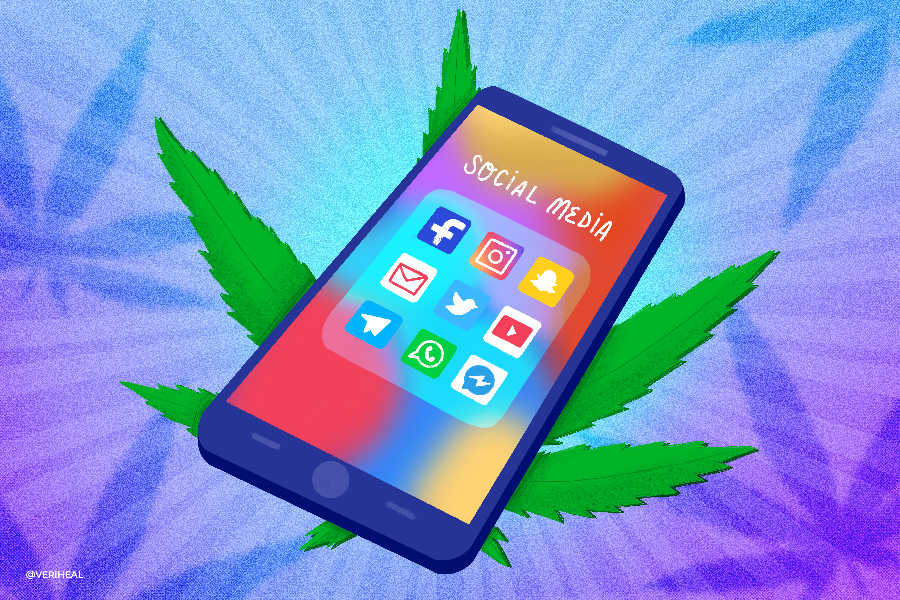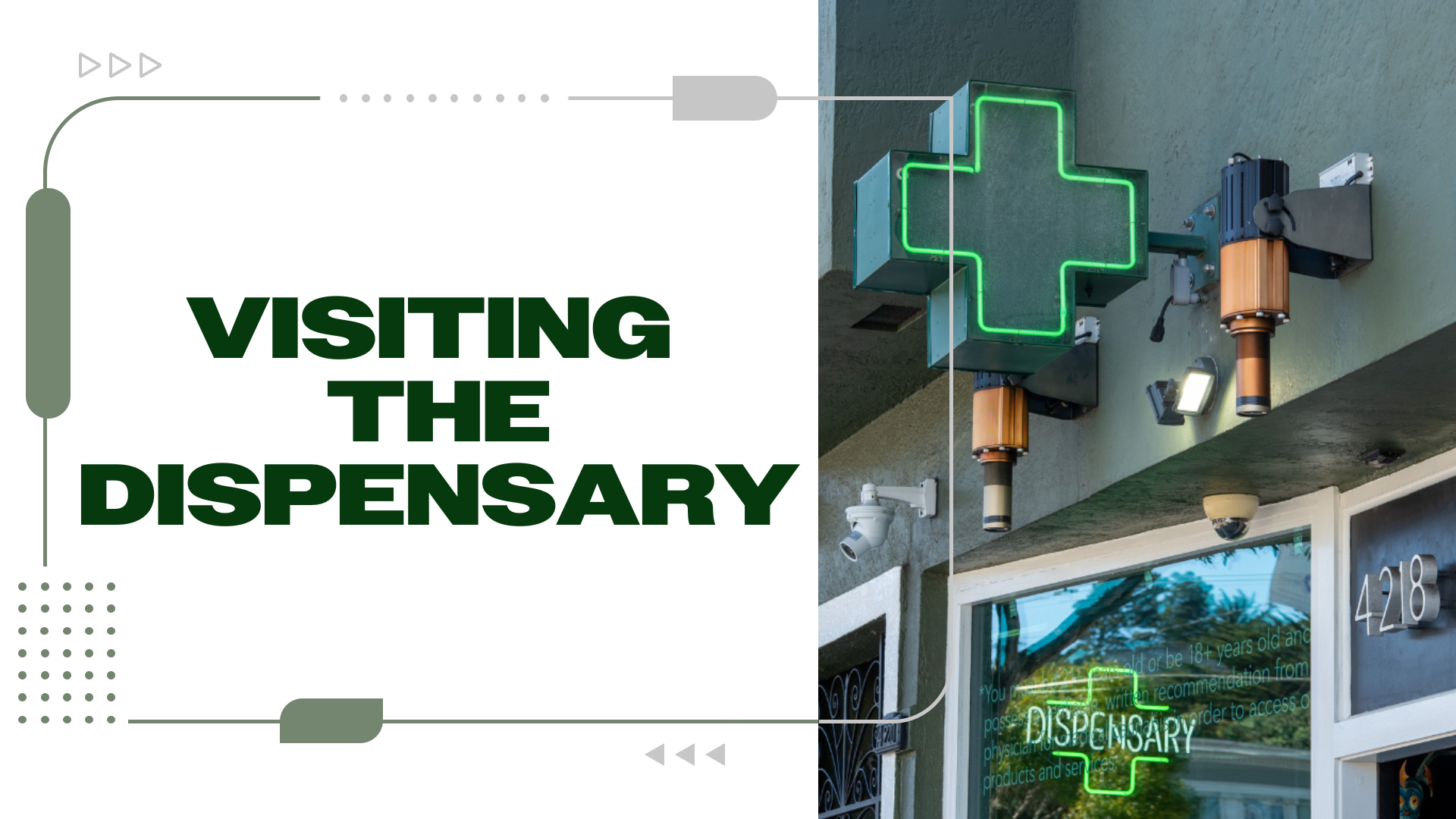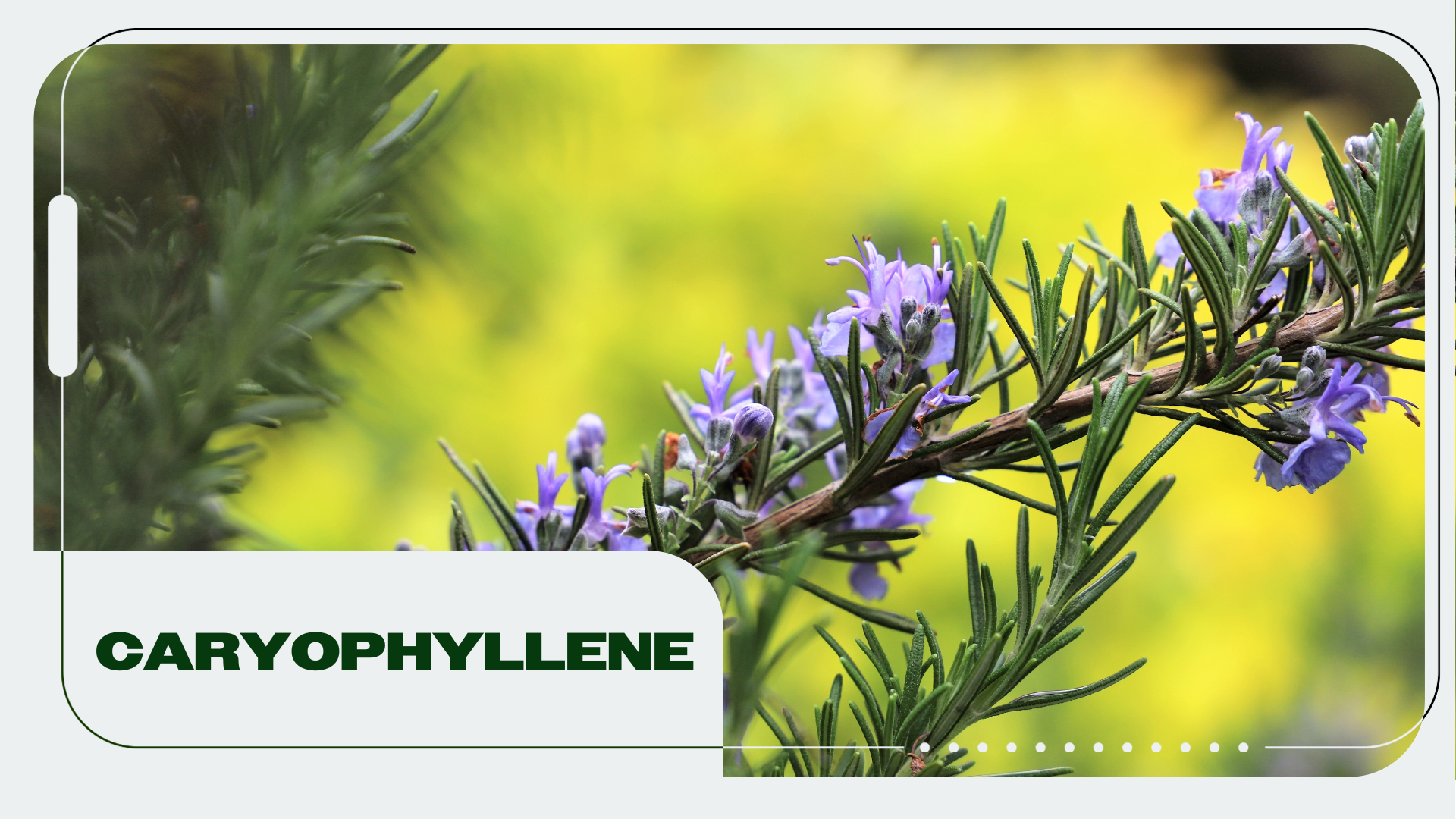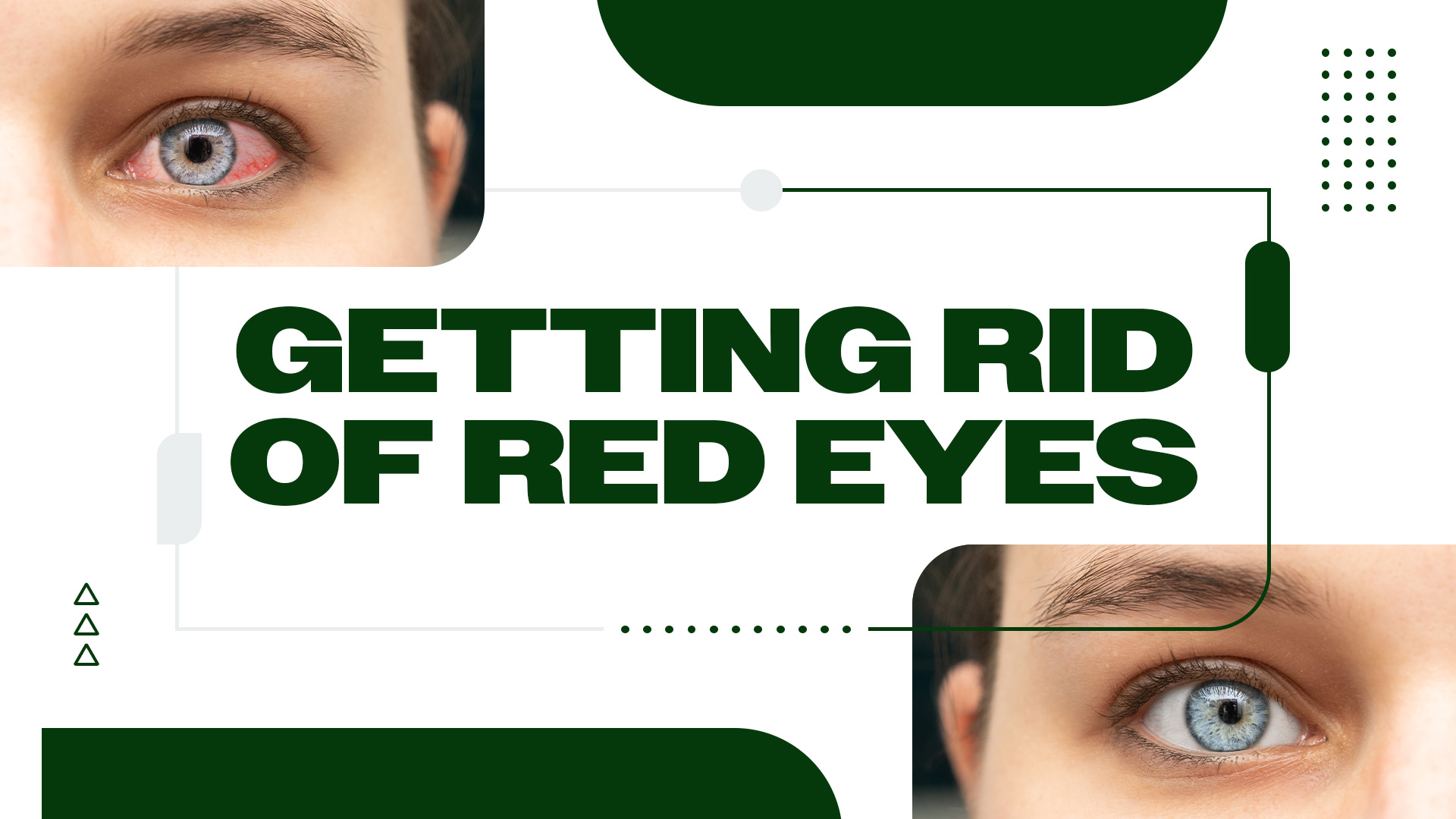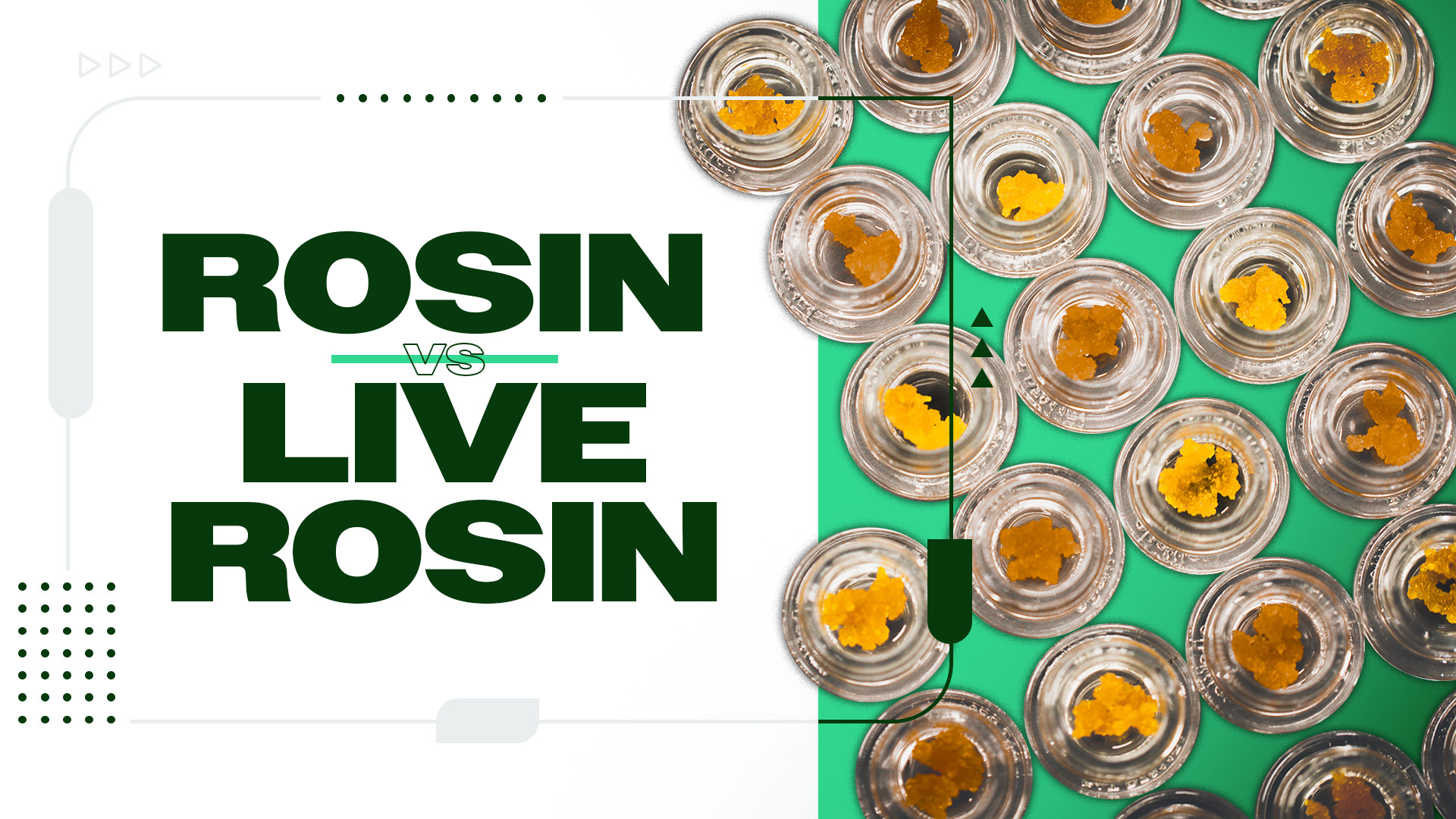Social media is powerful—not just in terms of marketing but also in terms of influence. Social media platforms can be used to promote a brand, market products, and raise awareness, leading companies of all kinds to use them for these purposes.
In the last decade, cannabis brands have hopped on the social media train as well, hoping to provide educational content and change the narrative about cannabis. Unfortunately, this has proven to be a maze of sorts. Let’s get a better understanding of the love/hate relationship that is cannabis social media marketing.
Awareness or Exposure: The Impact of Cannabis on Social Media
“Kids who can’t buy or use non-medical marijuana shouldn’t have to see these promotions and they shouldn’t be able to interact with them,” Dr. Megan Moreno explained to NBC15. Statements such as this are indicative of one of the reasons why cannabis and social media have a rocky relationship. Cannabis brands are leveraging social media to raise awareness about cannabis and its potential benefits, but not everyone on social media is old enough to be engaging with such content.
If we were to look at TikTok as an example, 32.5% of its users are between the ages of 10 and 19 and this group is the majority—which means that most TikTok users aren’t old enough to buy cannabis, exempting medicinal use. On the other hand, Instagram users between the ages of 13 and 17 only account for 8.9%. These examples show us both sides: one where the majority of the audience is too young to be exposed to cannabis, and one where the audience could hugely benefit from cannabis education.
TikTok in particular is known for its heavy censoring of cannabis content. While this is good for its underaged users, it also prevents brands from delivering important information about cannabis—a substance that many Americans consume—to the rest of its users. Exposing children to cannabis was found to reduce their perceptions of the risks associated with cannabis, which are much higher for those with underdeveloped brains. Considering the impacts, and those still unknown, of cannabis on the developing brain, encouraging children to consume would be reckless.
Meanwhile, raising awareness about cannabis is important and can be done effectively and efficiently using social media. People need to learn about the plant, its benefits, its risks, its usages, etc. Additionally, using social media to desensitize people about cannabis could contribute significantly to crucial legalization efforts around the nation and beyond.
Why You Should Get Your Medical Marijuana Card
Veriheal has satisfied millions of patients nationwide by giving them access to these benefits
- Larger purchase limits
- Peace of mind
- Enhanced legal protection
- Access to higher potency strains
- Save up to 25% on cannabis purchases
- Skip the line at the dispensary
The Ups and Downs of Cannabis Social Media
First and foremost, cannabis is being used on social media as a tool for change. A study by Silje A. Bakkan and Sidsel K. Harder found that cannabis influencers on Instagram were actually changing the stereotype associated with cannabis. The authors explain that “influencers’ role in transforming cannabis culture to become more mainstream and acceptable for women could potentially affect cannabis cultures globally, as well as the ongoing legalization debates.”
According to Forbes, influencers are able to include cannabis in their posts because they are promoting their personal use without offering direct sales. Bakkan and Harder add that influencers, most of whom are women, market cannabis as a part of their everyday lives. Their posts are generally stylish and feature cannabis in a tasteful manner. In situations like this, social media can be used to rewrite the narrative of cannabis.
Cannabis as a tool for change also includes cannabis awareness and education campaigns, such as the New York Office of Cannabis Management’s Cannabis Conversation public education ads. One study of TikTok videos found that 71.2% were based on humor/entertainment, 42.9% were based on personal experiences, 24.6% were based on lifestyle acceptability, 7.5% on information, 5.4% on creativity, and 2.7% on warnings. Rutherford et al. found that more than half of the videos were positive but that there were no age restrictions.
The researchers also found that videos portraying cannabis positively received the most views (417 million), while those that negatively depicted cannabis received far fewer but still significant views (28 million). While there has been some speculation about the impact of cannabis-related posts and ads on users’ behavior and attitudes about cannabis, the only thing that has been found is that those who do view cannabis posts are more likely to have consumed it recently and in the past.
Cannabis is also, of course, being used on social media as a tool for expanding business. While many legal companies are using social media to promote their products and services legally, still others are using the same space to market unregulated, illicit products. Both of these support the argument against allowing cannabis on social media by demonstrating how underage users could be exposed to products they aren’t legally allowed to use yet. Illicit market dealers are extra dangerous by promoting potentially unsafe products.
Still, there is definitely a place for cannabis on social media—this just hasn’t been nailed down quite yet. Have you ever noticed that some cannabis-based social media pages and posts are allowed while others get removed and banned? Clearly, no one is on the same page about the rules regarding cannabis and social media. Social media platforms need to find a way to separate awareness from irresponsible exposure as opposed to having a zero-tolerance policy on the matter.
Author, Share & Comments











